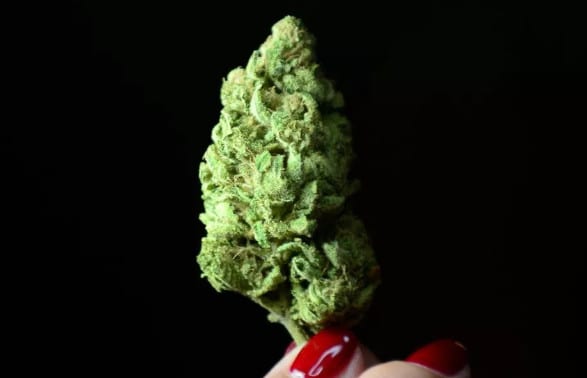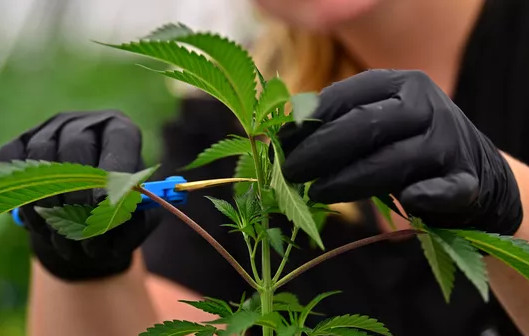Even in 2017, this is still somewhat of a controversial topic. So let’s start with some definitions:
Cannabis is a genus of flowering plant that includes a single species, Cannabis sativa. The plant is used for fibers and oil (hemp), and may be used for medicinal purposes and as a recreational drug.
Cannabinoids are the active compounds in cannabis. Each plant contains more than 60 chemically related active compounds.
THC, or tetrahydrocannabinol, is the most well-known cannabinoid. It’s the psychoactive component that causes the high experienced after smoking or ingesting pot.
CBD, or cannabidiol, is a non-psychoactive cannabinoid. CBD could potentially have a wider scope of medical applications than THC or other cannabinoids. While not widely recognized by the medical community, CBD is integral to the medical marijuana movement, as it is purported to contain antimicrobial, antioxidant, neuroprotective and antiepileptic properties.
CBD is a bigger focus on the medical side of marijuana. The earliest research on the medical effects of CBD showed that the compound had anticonvulsive effects on patients with epilepsy. Later studies also demonstrated that CBD-rich marijuana did not seem to cause the same short-term memory loss seen in high-THC strains, but a lack of further clinical trials left most skeptical about the compound’s healing powers. You can read how Jesse Stanley and his brothers started developing a high-CBD, low-THC strain to help people here.
In 1963, Israeli organic chemist Raphael Mechoulam decided he would research the plant’s chemical composition. Mechoulam, along with a colleague, had discovered tetrahydrocannabinol (THC). He and his team also elucidated the chemical structure of cannabidiol (CBD). Israel has one of the world’s most advanced medical marijuana programs. Mechoulam played an active role in setting it up, and he’s proud of the results. More than 20,000 patients have a license to use cannabis to treat such conditions as glaucoma, Crohn’s disease, inflammation, appetite loss, Tourette’s syndrome, and asthma.
Although, this doesn’t mean he’s in favour of legalizing marijuana for recreational use. He cites studies showing that the prolonged use of high-THC strains of marijuana can change the way the developing brain grows. He notes that in some people cannabis can provoke serious and debilitating anxiety attacks. And he points to studies that suggest cannabis may trigger the onset of schizophrenia among those who have a genetic predisposition to the disease. You can read more here.
There are a number of effects, both positive and negative, that marijuana can have on your brain. Along with impaired memory and loss of some inhibitions, other effects are listed here and here.
credit:novaknows.com













